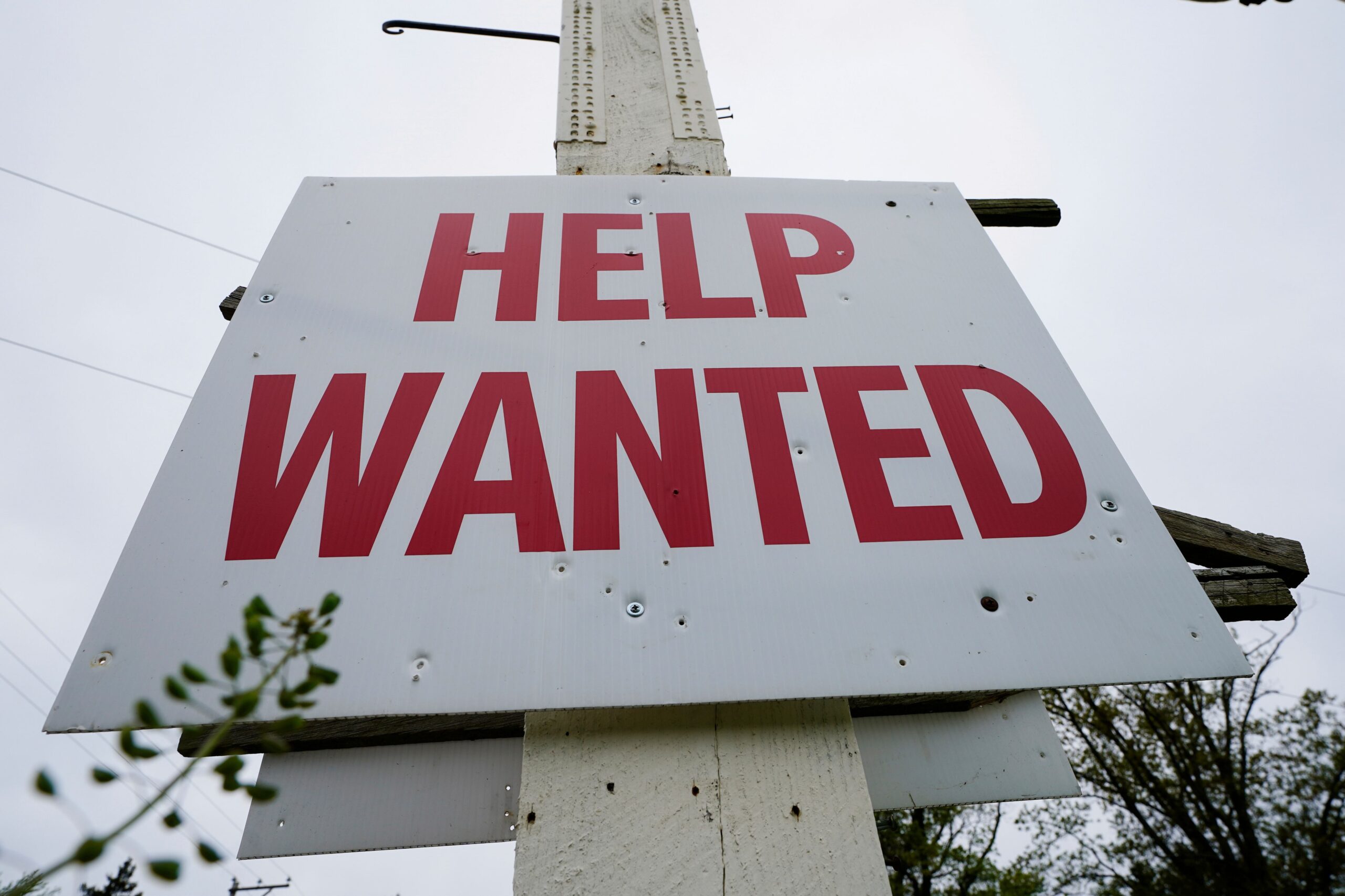WashingtonThe surprising increase in U.S. job vacancies in May shows that the labor market in the United States is still strong despite high borrowing prices and uncertainties surrounding U.S. economic policies.
The Labor Department said Tuesday that U.S. firms posted 7.8 million job openings in May, up from 7.4 million in April. The modest decline to 7.3 million was anticipated by economists. There have been reports of openings in restaurants, hotels, and financial institutions. Federal job openings dropped to their lowest level since May 2020, most likely as a result of President Donald Trump’s hiring freeze.
The number of Americans departing their jobs as a sign of confidence in their prospects increased somewhat, but layoffs decreased, according to the Labor Department’s Job Openings and Labor Turnover Survey (JOLTS) report.
However, the survey revealed that hiring decreased in May, indicating that firms are hesitant to hire workers despite their reluctance to let go of current employees due to economic uncertainties.
Nancy Vanden Houten, the chief U.S. economist at Oxford Economics, stated in a commentary that while hiring is still down, it is less concerning than it would be otherwise because layoffs are still low.
Although historically high, openings have drastically decreased after reaching a record 12.1 million in March 2022.
Following the hiring boom of 2021–2023, when the economy recovered from COVID-19 lockdowns, the U.S. job market has been gradually slowing down. The Federal Reserve raised its benchmark interest rate eleven times in 2022 and 2023 as a result of inflation sparked by the surprisingly robust post-pandemic recovery.
The labor market has gradually cooled due to the increasing borrowing costs, and the hiring picture has become more uncertain as a result of President Donald Trump’s policy of imposing high import taxes.
Forecasters surveyed by data firm FactSet predict that the Labor Department will announce Thursday that the U.S. economy created 117,000 jobs last month. This would represent a decrease from the May average of 139,000, the 2024 average of 168,000 per month, and the 2021–2023 average of 400,000 per month. It is predicted that the unemployment rate would slightly increase from 4.2% in May to a still-low 4.3%.
